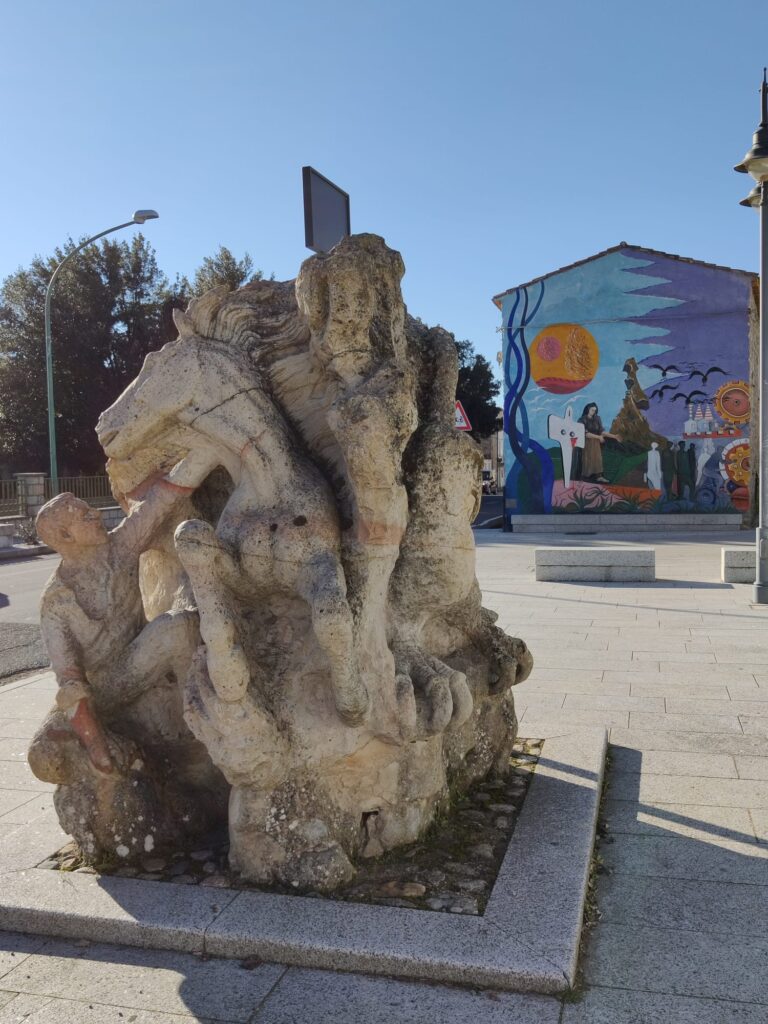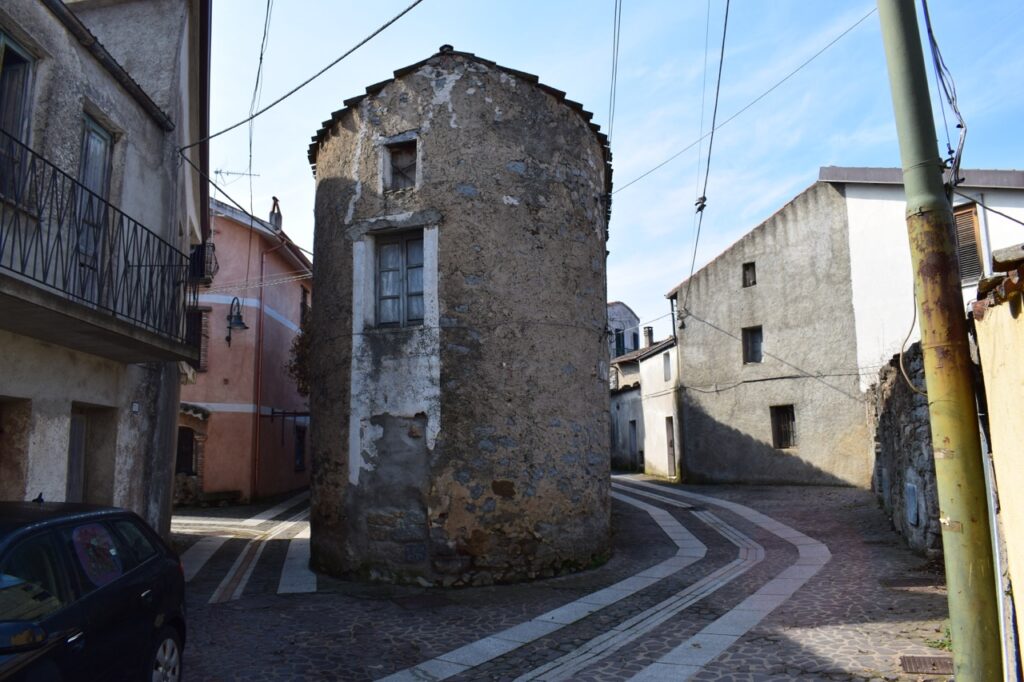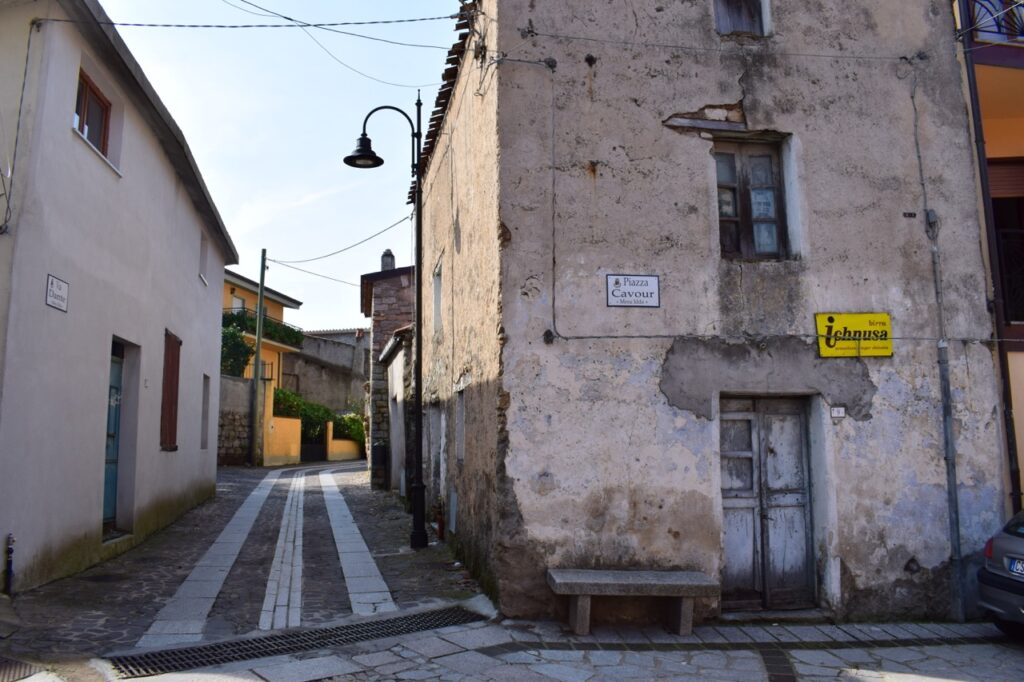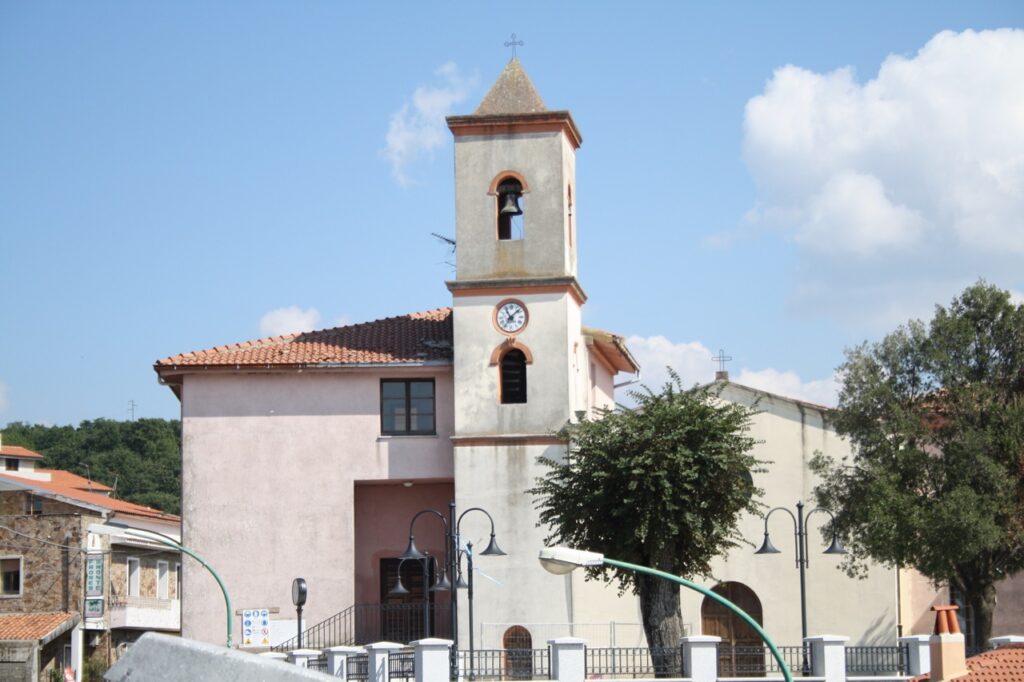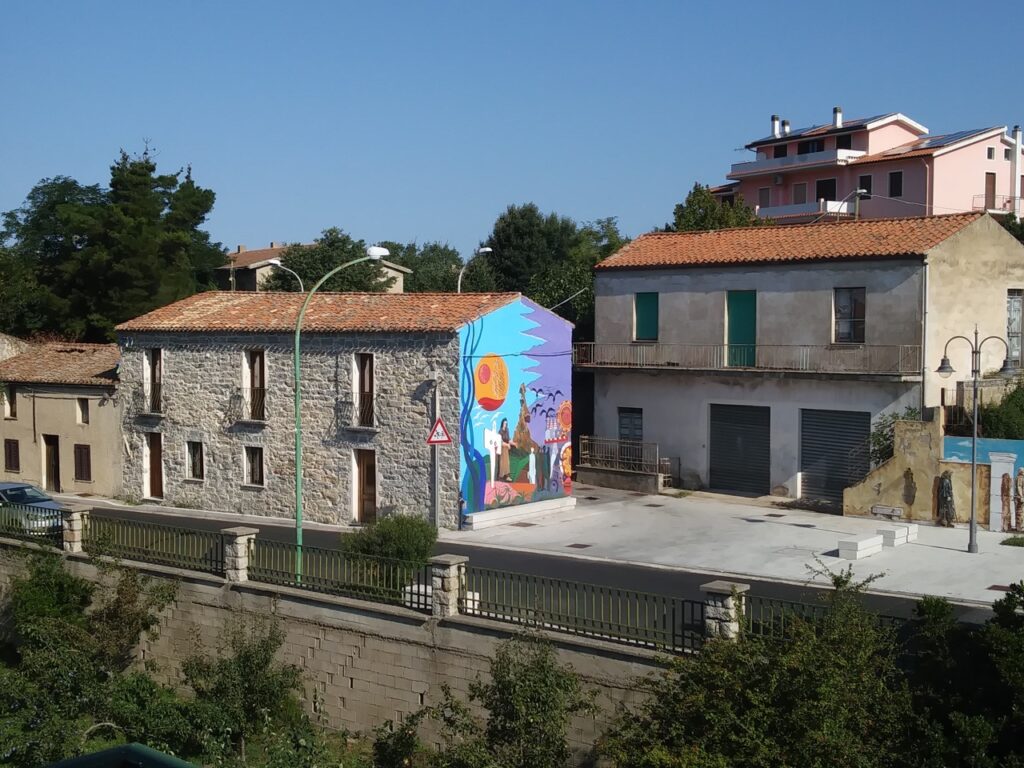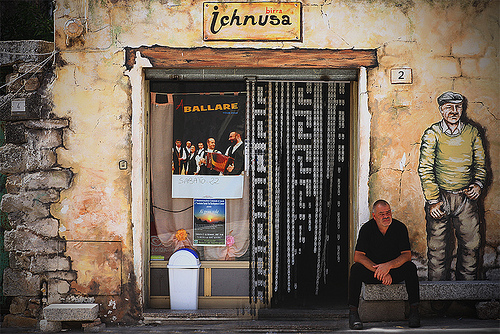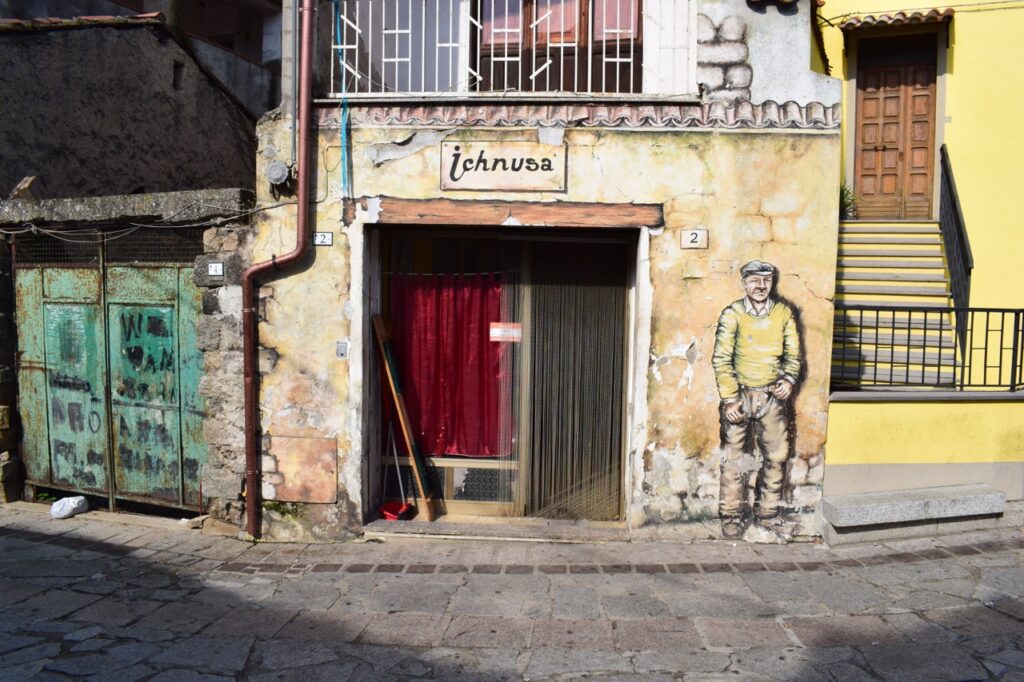In the center of the village is the parish church dedicated to Madonna dell’Assunta, which was built in 1567. The Madonna Assunta is the patron saint of Austis and is celebrated on August 15th. The parish church has a single nave layout with four chapels, two on each side, dedicated to San Francesco d’Assisi, Santa Maria Goretti, San Giovanni Battista and the Assunta. The presbytery is raised by two steps with respect to the nave and from here one can enter the sacristy. The facade is simple and devoid of decorative elements except for a circular window located above the main entrance.
Walking through the streets of the town center you will come across several buildings worthy of note, such as the Municipal House of Memory which will house a collection of antique objects of various kinds, the real estate complex that belonged to Cavalier Marcello, a nobleman from the late 1800s, and sa Domo Tunda, a three-storey building with a circular base located on the corner between Via Dante and Vico I Dante, which over the years has become one of the most photographed subjects in the municipality of Austis. In the square adjacent to the town hall there is also Sa Funtana ‘e Susu, an ancient fountain 2 meters below street level which was covered in the 80s but then reopened and enhanced around 2008-2009.
Piazza Corroga is the main square of the town and hosts all the main events and the weekly market. On festive days, the dance ‘a Chintorzu’, a traditional Sardinian dance that has survived only in Austis, is performed. During this dance people spontaneously form a circle, then two or three men enter the circle and with their belts keep people at bay by giving small blows to the legs of the dancers who try to cross it. It is a traditional dance which originally had many rules of conduct. Today these rules are not followed and the dance is mainly a convivial moment between the people of the country.
The works of Elio Sanna
Elio Antonio Sanna was one of the great talents of Austis, a man who loved nature and who loved to transform wood into real works of art. His sculptures were generally accompanied by small poems that served to better interpret his artistic production. The recurring subjects in his works are horses as a symbol of strength and the female figure, guardian of life. In Austis it is possible to see “L’incendio” which is located in the square dedicated to him on via Vittorio Emanuele near the ancient Funtana ‘e Susu. “La Donna e il Vento’‘ instead was donated to the municipality by the artist and is exhibited in the auditorium of the socio-cultural center, while the “Cristo Crocefisso“, better known by the people of Austis as the crucifix of Elio, is exhibited in the church parish church Beata Vergine Assunta in the center of the village. Elio also created two other works for the Church: the baptistery and the stoup, both in stone.
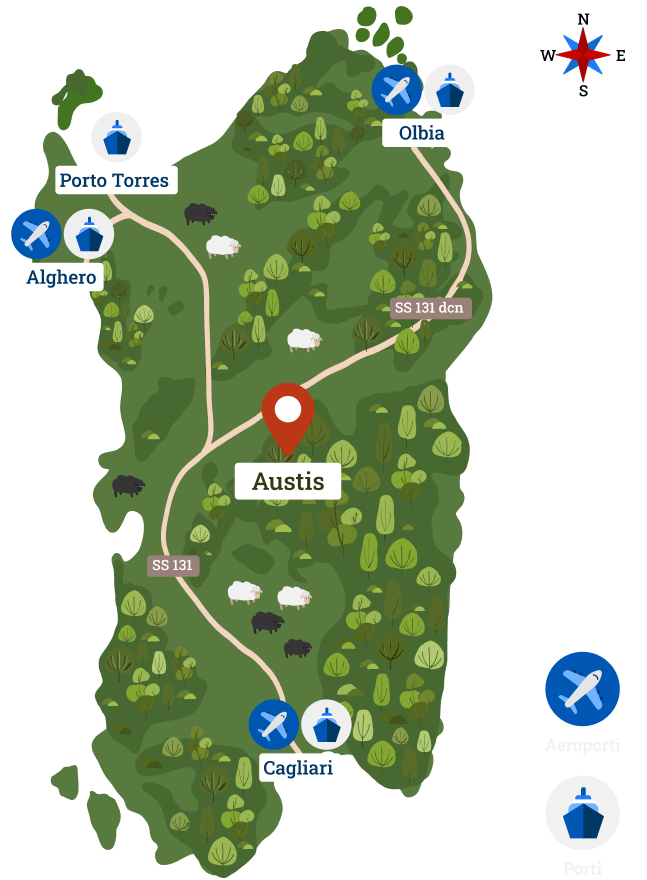
Come visit
Austis is located in the center of Sardinia about 90 minutes from the main airports and ports of the island.
The village is immersed in a beautiful area, where history is combined with archaic legends. Discover our traditions, genuine flavours, traditional clothes and our most beautiful monuments.
Come to Austis, natural Sardinia

